Metal Sconces: Raw Industrial Lighting for Edgy Urban Spaces
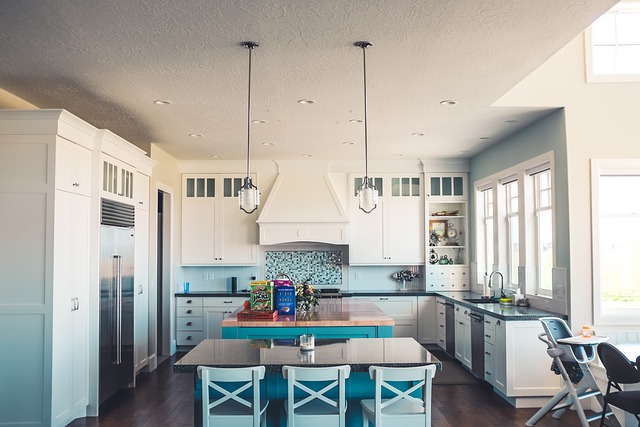
In interior design, industrial-style lighting featuring metal sconces transforms spaces with a raw,…….
Introduction
In the realm of interior design and architectural elements, metal lighting fixtures stand out as pivotal focal points that not only illuminate spaces but also add a touch of elegance, functionality, and character. This comprehensive article will delve into the multifaceted world of metal lighting fixtures, exploring their historical significance, global impact, technological advancements, economic importance, and future prospects. Readers will gain a deep understanding of how these fixtures have evolved over time, their role in various sectors, and the challenges they face.
Understanding Metal Lighting Fixture
A metal lighting fixture is a luminary, or light source, primarily composed of metal, which serves both an aesthetic and functional purpose within a space. These fixtures can range from simple designs like pendant lights and lamps to elaborate chandeliers and sculptural installations. They are crafted using various metals such as brass, copper, aluminum, steel, and more, each imparting its unique characteristics and appeal.
Historically, metal lighting fixtures have been a testament to the technological advancements and design aesthetics of their respective eras. From the ornate ironwork of the Victorian era to the sleek, modern designs of today, these fixtures have always reflected contemporary tastes and craftsmanship. They are integral to the ambiance and atmosphere of any space, be it residential, commercial, or public.
Global Impact and Trends
The global impact of metal lighting fixtures is vast, as they are an essential component in both new constructions and renovations worldwide. Trends in these fixtures often mirror broader design movements and shifts in consumer preferences. For instance, the current trend towards sustainability has led to a rise in eco-friendly materials and energy-efficient designs.
In regions like North America and Europe, there is a growing preference for minimalist designs with clean lines and durable metals. In contrast, markets in Asia are seeing a surge in demand for customizable and adaptable lighting solutions that cater to diverse spaces and needs. The Middle East and parts of Africa continue to embrace opulent, ornate fixtures that make a statement.
Economic Considerations
The economic aspects of metal lighting fixtures are multifaceted. They encompass market dynamics ranging from artisanal handcrafted pieces to mass-produced commodities. Investment patterns indicate a growing interest in high-quality, design-focused lighting that adds both monetary and aesthetic value to properties.
These fixtures play a significant role in economic systems by influencing job creation in design, manufacturing, and distribution sectors. They also contribute to the cultural economy of regions renowned for their metalwork traditions. The demand for sustainable and energy-efficient lighting is driving innovation and investment in emerging materials and technologies, further impacting the economic landscape.
Technological Advancements
Technological advancements have significantly impacted the design and functionality of metal lighting fixtures. Innovations such as LED integration, smart lighting capabilities, and energy-efficient designs have transformed how these fixtures are used and perceived. The adoption of advanced materials like smart glass and phase-change materials is opening up new possibilities for dynamic lighting experiences.
The future of metal lighting fixtures will likely involve further integration with IoT (Internet of Things) technology, allowing for personalized lighting settings and energy management. Advancements in sustainable practices, such as using recycled metals and biodegradable materials, are also shaping the trajectory of this industry.
Policy and Regulation
Policies and regulations governing metal lighting fixtures are diverse and depend on geographical location. Energy efficiency standards, safety regulations, and import-export policies all influence the production and dissemination of these fixtures. In regions like the European Union, stringent energy performance certifications are mandatory for commercial buildings, affecting the types of lighting fixtures that can be used.
Legislative frameworks also impact the recycling and disposal of metal lighting fixtures, with regulations dictating how materials can be reclaimed and repurposed. These policies not only ensure environmental sustainability but also set benchmarks for innovation within the industry.
Challenges and Criticisms
The challenges faced by the metal lighting fixture industry include adapting to rapidly changing design trends, ensuring energy efficiency, and addressing the environmental impact of production and disposal. Critics often point to the overuse of non-renewable materials and the carbon footprint associated with manufacturing and transportation.
To overcome these issues, industry players are increasingly focusing on sustainable practices, such as using recycled metals and designing for longevity and repairability. Embracing digital technology for design and production can also minimize waste and energy consumption. Collaboration between designers, manufacturers, and policymakers is essential to address these challenges effectively.
Case Studies
Several case studies exemplify the successful application of metal lighting fixtures across various sectors. The Museum of Modern Art (MoMA) in New York City showcases a range of iconic designs that have set industry standards for aesthetics and functionality. The restoration of historical buildings, like the Grand Central Terminal in Manhattan, demonstrates the importance of preserving the character of spaces through thoughtful lighting design.
Emerging markets are also making their mark. For example, the Design Republic in South Africa is a platform that promotes locally crafted metal lighting fixtures, combining traditional techniques with modern designs to create products suited to both local and international tastes.
Conclusion
Metal lighting fixtures are more than mere illumination sources; they are integral to the identity of spaces and reflect the cultural and aesthetic values of their time. From historical artifacts to contemporary design icons, these fixtures continue to evolve, influenced by economic trends, technological advancements, and regulatory frameworks. As we look to the future, it is clear that metal lighting fixtures will remain a vital element in shaping the world around us, both functionally and artistically.
This article provides an overview of the various aspects of metal lighting fixtures, from their historical significance to their role in modern design and sustainability. It also touches on the economic and regulatory factors that influence the industry, as well as the challenges and opportunities that lie ahead. With a comprehensive look at this niche market, it aims to give readers a nuanced understanding of the impact of metal lighting fixtures on our environments, both built and cultural.

In interior design, industrial-style lighting featuring metal sconces transforms spaces with a raw,…….
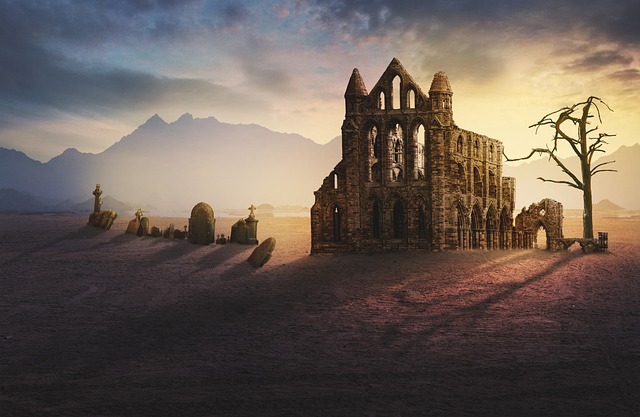
Regular maintenance is crucial for preserving the elegance and longevity of metal sconces, essential…….
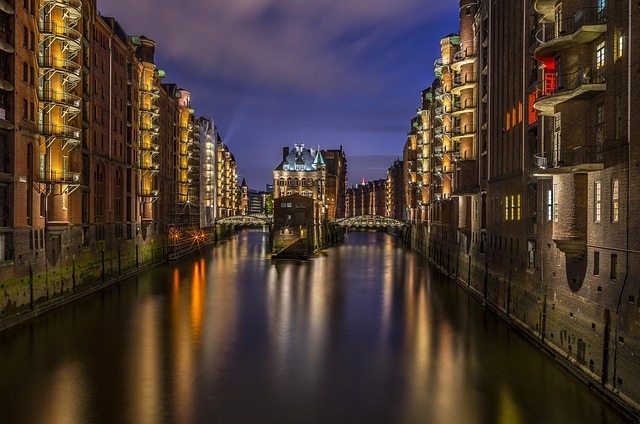
Metal wall sconces are regaining popularity for their nostalgic appeal and unique character, especia…….
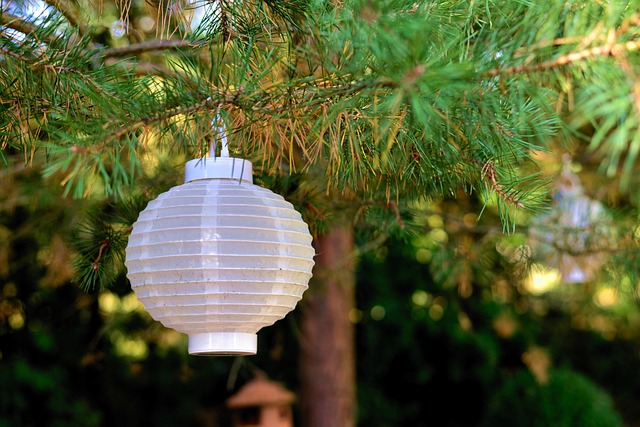
Wall-mounted metal sconces, especially custom metal pendant lights, offer versatile and dramatic lig…….

Metal wall sconces, made from durable materials like brass, bronze, steel, or stainless steel, are i…….
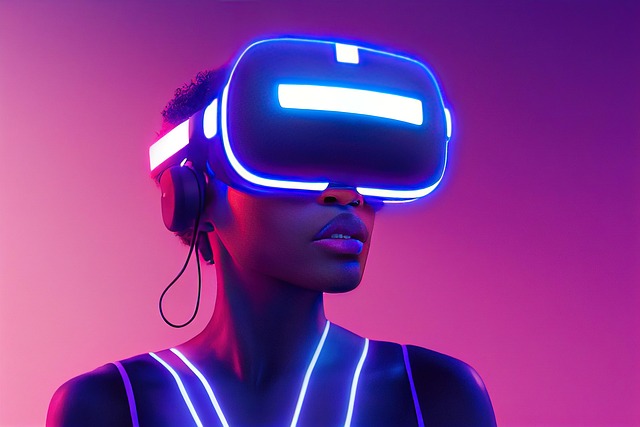
Custom metal lighting design offers timeless elegance and versatility, transforming spaces with uniq…….
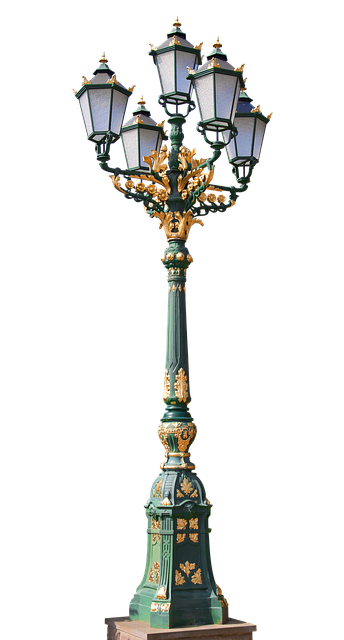
Vintage-inspired metal chandeliers and sconces blend timeless elegance and classic design, serving a…….
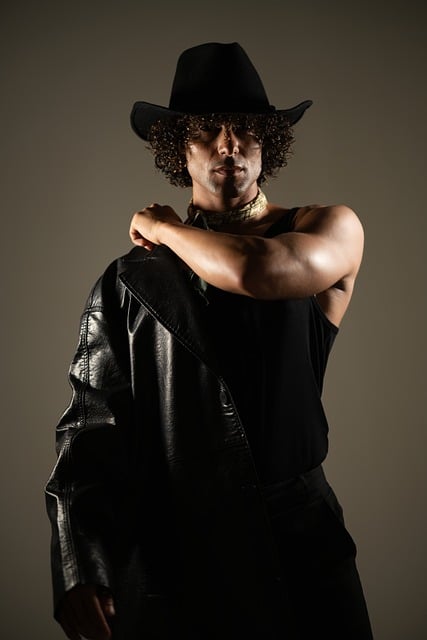
Modern metal light fixtures merge raw industrial elements with contemporary design, creating strikin…….
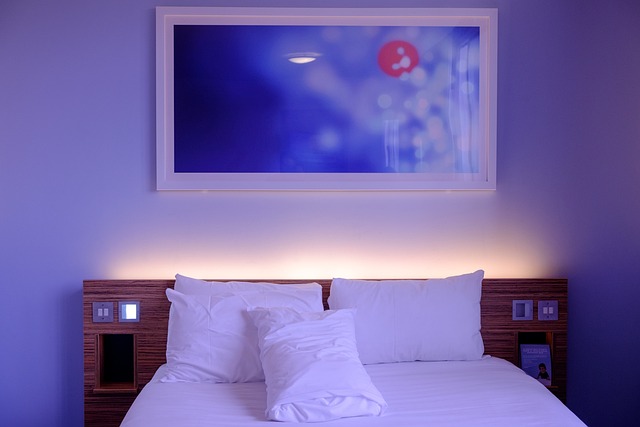
Metal sconces, with their raw, exposed pipes and wires, transform spaces into urban oases brimming w…….